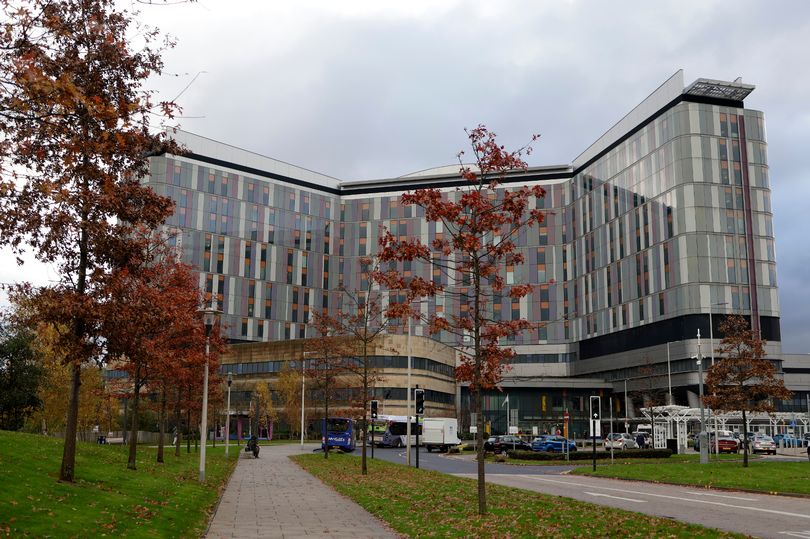
Med Students Demand Part-Time Relief

The Push for Part-Time Medical Degrees in Australia: Balancing Study, Family, and Finances
For many aspiring doctors in Australia, the dream of a medical career is often overshadowed by the demanding realities of full-time study. The lack of part-time options in medical schools across the country presents a significant barrier, particularly for mature-aged students, parents, and those facing financial challenges. This situation is prompting calls for reform, with universities and government agencies beginning to explore ways to make medical education more accessible and equitable.
The Personal Toll of Full-Time Study
Lisa Ross, a physiotherapist from regional Victoria, experienced firsthand the difficulties of balancing medical studies with family life. After her daughter fell ill and it took weeks to secure a GP appointment, she decided to pursue a medical degree. Enrolling at Deakin University, she moved her family to Geelong. However, the immense pressure of juggling full-time study, family responsibilities, and a mortgage eventually led her to temporarily pause her studies.
“I actually had to make the decision for [the mental health of our family] and lifestyle and all of those reasons, to pause my medical studies for a year,” Ms. Ross explained.
Even after returning to university, the financial strain remains a constant worry. “We’re having to decide between the kids doing swimming lessons or not doing swimming lessons,” she said, highlighting the difficult choices many students face. She believes the current system is inequitable, forcing individuals to choose between their career aspirations and financial stability.
The Call for Change: A Part-Time Pathway
Ms. Ross has become an advocate for part-time medical programs, writing to the dean of her medical school to propose the option. She believes that offering part-time study would allow students to work a few days a week, manage family responsibilities, and avoid burnout.
“If I was studying part-time, I could work a day or two a week, I could be the mum that I want to be, I’d come out at the end, and I wouldn’t be burnt out,” she argues. “And it might not be the exodus of burnt-out doctors because we’d come out of it well, intact and healthy.”
Currently, no Australian medical schools offer part-time study options. However, the concept is gaining traction globally. The University of Edinburgh, for example, recently graduated its first cohort of part-time medical students, a pioneering achievement in the United Kingdom.
Addressing the Challenges: University and Government Perspectives
Medical Deans Australia and New Zealand (Medical Deans AUSNZ) acknowledges the need for more flexible study options and is actively investigating the feasibility of implementing part-time programs. President Stuart Carney notes the complexity of finding a model that suits all 22 Australian medical schools, given the variations in their programs.
“We’ve established a working party which is reviewing the evidence and identifying what’s working well and what’s not working quite so well in other countries,” Professor Carney said. He added that this involves re-evaluating the structure of early-stage programs, potentially reducing the number of days students are required to be on campus.
A spokesperson for the Department of Education has stated that the federal government does not restrict medical students from studying part-time. However, Deakin University’s Doctor of Medicine course director, Karen D’Souza, points out that the current funding model presents a challenge. Medical schools are subject to agreed government quotas for graduating medical students under the Commonwealth Supported Places (CSP) scheme. If students switch to part-time studies, the school may fall short of its quota, potentially impacting funding.
Professor Carney emphasizes the need for government support to ensure universities are not penalized for offering part-time options. “At the moment, we are only able to accommodate those individuals whose personal circumstances can enable them to study full-time,” he said. “A lot of talented Australians out there — be it as a consequence of carer responsibilities, childcare responsibilities, or financial situation — can’t take advantage of full-time education offerings.”
The Financial Burden on Medical Students
Financial worries are a significant concern for medical students. A survey of 200 medical students at Deakin University revealed that nearly 90 per cent felt financial precarity negatively impacted their learning and wellbeing. Additionally, 36 per cent reported that caring responsibilities also had a negative effect. A broader survey of over 400 medical students across Australia echoed these findings, with more than 75 per cent reporting negative impacts of financial hardship on their studies and wellbeing.
Exclusion from the Commonwealth Prac Payment
Another issue facing medical students is their exclusion from the Commonwealth Prac Payment, which provides financial assistance to students in nursing, midwifery, teaching, and social work during their mandatory placements. Medical Deans AUSNZ and the Australian Medical Students Association (AMSA) are advocating for medical students to be included in this program.
AMSA president Melody Ahfock believes that part-time study, combined with financial support, is crucial for diversifying the medical workforce and supporting struggling students. “The cohort of students that would likely benefit from part-time and flexible study options are probably also part of the cohort that would benefit from the Commonwealth Prac Payment,” Ms. Ahfock said.
Steps Towards Flexibility: Universities Adapt
While a full-fledged part-time option remains elusive, some universities are taking steps to increase flexibility in their medical programs. Deakin University, for example, has streamlined its timetable for first and second-year students, spreading classes over three and a half days a week instead of five. The university also offers live-streaming, pre-recorded lectures, and online learning sessions.
The Value of Mature-Aged Students
Medical Deans AUSNZ’s Stuart Carney highlights the importance of supporting mature-aged students, many of whom go on to become GPs. Data shows that older medical graduates and those with dependent children are more likely to choose general practice as their preferred career path. Graduates aged 35 to 39 are twice as likely to prefer a career in general practice compared to the overall average.
A Vision for the Future
Despite the challenges, Lisa Ross remains hopeful that future medical students will benefit from more flexible learning options. She believes that mature-aged students bring valuable life experience and fresh perspectives to the medical field.
“I want to come out the other end with my family intact, I want to be a great doctor, I want to be a GP for regional communities,” Ms. Ross said. “I want to live those values, and I want to start living them as a student as well.”






